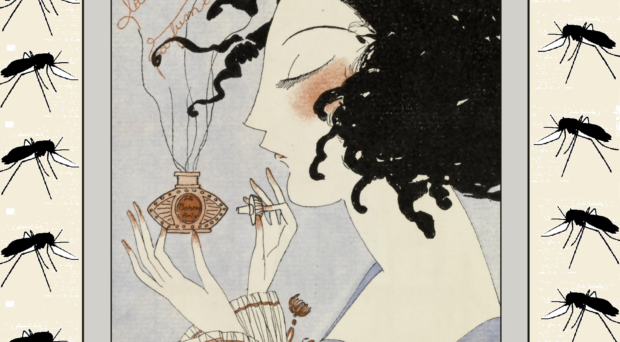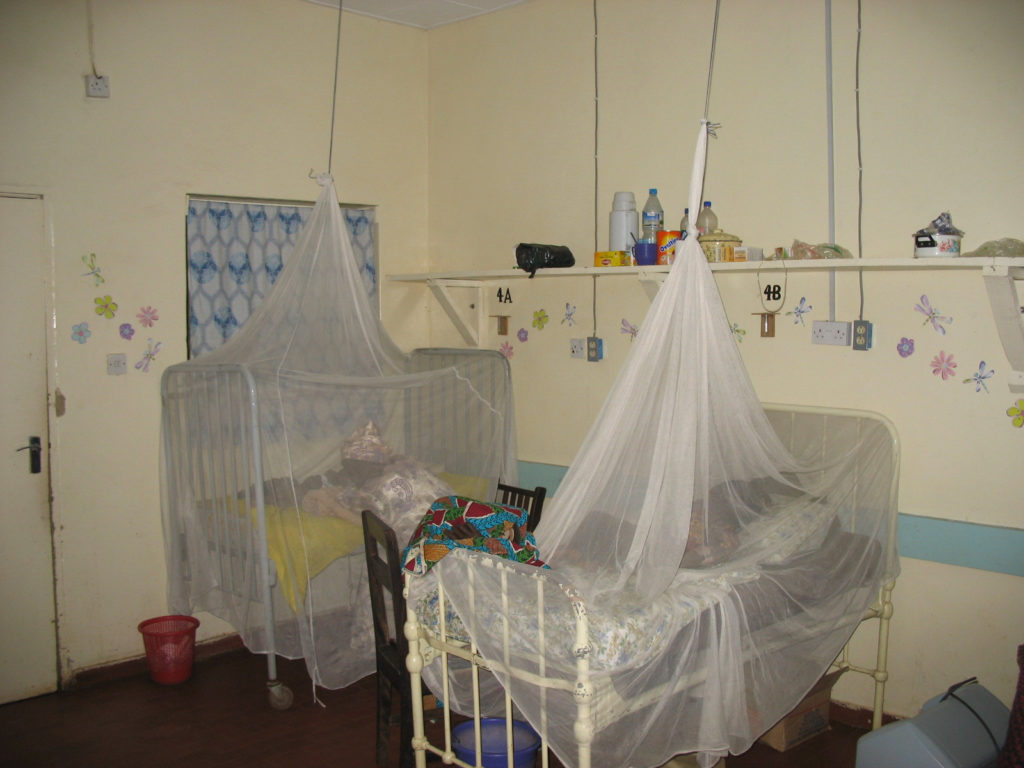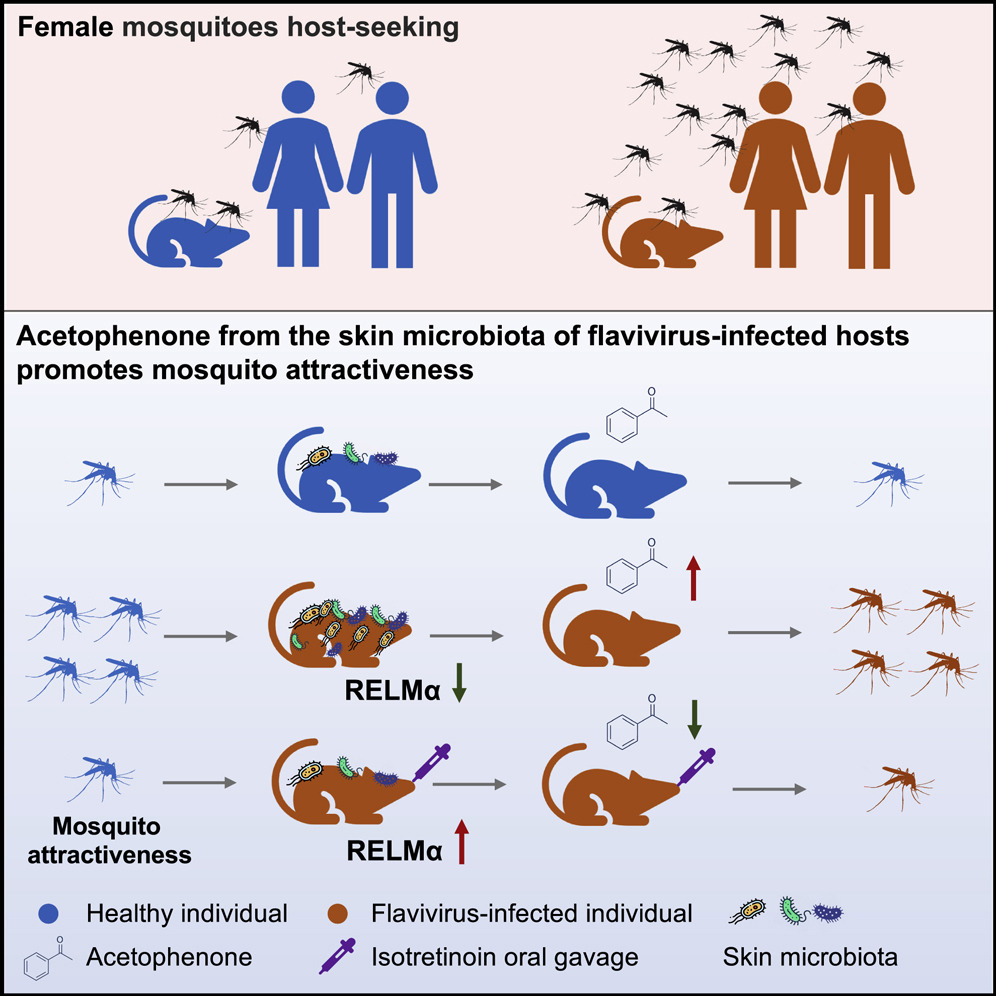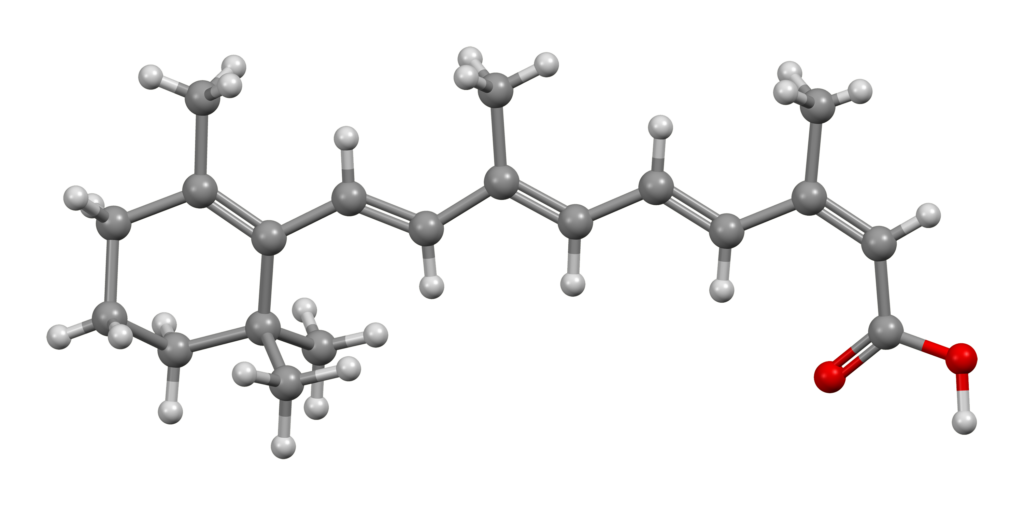

Dengue, Zika, and other flaviviruses transmitted by mosquitoes in the Aedes genera are a major public health issue, making hundreds of millions of people sick and killing tens of thousands of people every year. These arboviruses are expected to transmit better and to more people geographically in the future in our warming climate. For millennia, people have recognized that during mosquito-borne disease outbreaks, patients with those diseases need to be protected from further mosquito bites (by e.g. with bednets) during their convalescence in order to limit the spread of these diseases to healthy people. The rationale for this partly is that convalescent patients might be less able to protect themselves from mosquito bites due to their symptoms, and partly because mosquitoes might be more attracted to people sick with mosquito-borne diseases. Such a strategy would be evolutionarily advantageous to mosquito-borne pathogens to maximize their transmission. There is some evidence for increased attractiveness of people infectious with mosquito-borne diseases to blood-seeking female mosquitoes, via manipulating their host. For example, we know that Plasmodium parasites produce an isoprenoid precursor that increases the release of volatile blends by human red blood cells which make malaria-infected mice significantly more attractive to Anopheles mosquito vectors. However, up to now, we didn’t know if arboviruses, transmitted by Aedes mosquitoes would similarly manipulate their host to maximize disease transmission.

In a tour-de-force of a study, Hong Zhang, Yibin Zhu and their colleagues at Tsinghua University demonstrated that flavivirus infected mice were significantly more attractive for blood-seeking Aedes mosquitoes. Mosquitoes were allowed to select to move to cages closer to healthy or infected mice in a three-cage as well as in a two-cage olfactometer. The preference of the mosquitoes was related to volatiles emitted by the hosts, shown by the preference being eliminated by volatile removal.
Analyzing how the antennae of female mosquitoes reacted to the volatiles of healthy and infected mice, the researchers found that mosquitoes responded significantly to acetophenone, decanal and styrene, but not to other volatiles. Acetophenone attracted more mosquitoes when put on healthy mice, or on a human hand, compared with just the solvent. Using GC-MS, ten-to-hundred times as much acetophenone was found to be released by Zika-virus and dengue-infected compared to healthy mice.
Volatiles taken from the armpits of dengue patients attracted significantly more mosquitoes than just the solvent, or volatiles taken from the armpits of healthy donors. The volatiles taken from the armpits of dengue patients also contained ten-to-hundred times as much acetophenone compared to the volatiles taken from armpits of healthy donors.
When the skin bacteria of mice infected with Zika or dengue virus were removed, the preference of mosquitoes for infected mice was eliminated, but not when the gut bacteria was removed, indicating that acetophenone release is connected to skin bacteria on mice. Acetophenone release also reduced to a level similar to that of healthy mice when the skin bacteria of flavivirus-infected mice was removed, but not when their gut bacteria was removed.
Dengue and ZIKV-infected mice had ten times as much bacteria, with increased relative abundance of Bacillus and Staphylococcus, but reduced relative abundance of Lactobacillus, compared to healthy mice. Bacillus bacteria produced large amounts of acetophenone when cultured on the skin of germ-free mice, and elicited increased attraction of blood-seeking female mosquitoes in the olfactometer at large enough concentrations.
Resistin-like molecula-α, an antimicrobial protein specifically expressed by epidermal keratinocytes and sebocytes was expressed at significantly reduced levels in the skin of Zika-virus and dengue-infected mice, compared to healthy controls, based on RNA-seq, qPCR and Western blot. This protein, as well as it’s human analog, RETN, significantly reduced the viability of the acetophenone-producing Bacillus bacteria, compared to other bacteria. Based on previous research, RELM-α can be induced by dietary vitamin A derivatives, such as isotretinoin.
RELM-alpha production was restored to healthy levels in Zika-virus and dengue-infected mice that were administered isotretinoin through oral gavage, and relative abundance of Bacillus bacteria on the skin of these mice was also not significantly different from healthy mice. In addition, female blood-seeking mosquitoes were not preferentially attracted to the mice administered isotretinoin, despite their Zika-virus and dengue infection. About half as many mosquitoes were infected among mosquitoes allowed to feed on dengue-virus and Zika-virus infected mice when they were administered isotrenioin, while their Zika virus titers were not significantly different.
In summary, the authors found that Zika and dengue viruses suppress the production of RELM-alpha, allowing the proliferation of Bacillus bacteria, thereby increasing the production of acetophenone, which acts as a potent attract for blood-seeking mosquitoes. In addition, this process can be obstructed by the administration of isotretinoin, increasing RELM-alpha, reducing Bacillus bacteria, and acetophenone production.
One of the strengths of this study is that it provides a thorough analysis of this important subject, and it combines a large number of studies employing a variety of techniques from mosquito choice assays to electroantennograms to GS-MS to RNA-seq to microbiological studies in the quest to find the mechanism by which mosquitoes prefer infected mice and people. The study provides strong evidence that flaviviruses modify their host’s microbiome to increase the production of volatiles that attract mosquito vectors, ensuring their transmission to other hosts. This is similar to how Plasmodium parasites increase the release of volatile blends by human red blood cells to attract more Anopheles mosquitoes. There are also similar examples from insect-transmitted plant pathogens, such as where the Cucumber Mosaic Virus makes infected squash plants produce a volatile blend that attracts aphids despite the low quality of the infected plant. These results suggest that we have a whole another reason to protect people infected with flaviviruses from mosquito bites, because even with all else equal, they will attract more mosquitoes.

Another exciting part of this study was the demonstration that a dietary vitamin A derivative, isotretinoin, was able reverse the attractiveness of infected animals, with only about half of the mosquitoes feeding on the host getting infected. This is particularly exciting because it suggests that in addition to protecting convalescent people from mosquitoes with screens and bednets, we can counter their increased attractiveness to mosquitoes using a low-cost, easily administered, safe drug. Isotretinoin is already used for treating acne under the brand name Accutane, so it could just be repurposed for this new indication, which would be much easier and quicker to license compared to a completely new drug. However, we need to remember that this study was conducted primarily on mice, with the exception of taking volatiles from people’s armpits and testing compounds on their hands. A possible next step might be to conduct a double-blind randomized study with dengue or Zika patients to see if administering isotretinoin orally would also increase RETN production in their skin, reduce Bacillus relative abundance and acetophenone production, and ultimately their attractiveness to female blood-seeking mosquitoes. If the results remain comparable in human studies, we could cut down the number of mosquitoes picking up Zika or dengue viruses from infected people by half, significantly contributing to the control of these flaviviruses.
Finally, the volatile responsible in the current study for increased attractiveness of infected mice, acetophenone, is widely used in fragrances and perfumes, due to its floral, sweet scent to people. Thus, next time you go to areas that are endemic for dengue, Zika, or other flaviviruses, or just have large Aedes populations (such as Eastern North America), which will increase in the future, make sure to check that the fragrance you’re wearing does not include acetophenone!

Comments